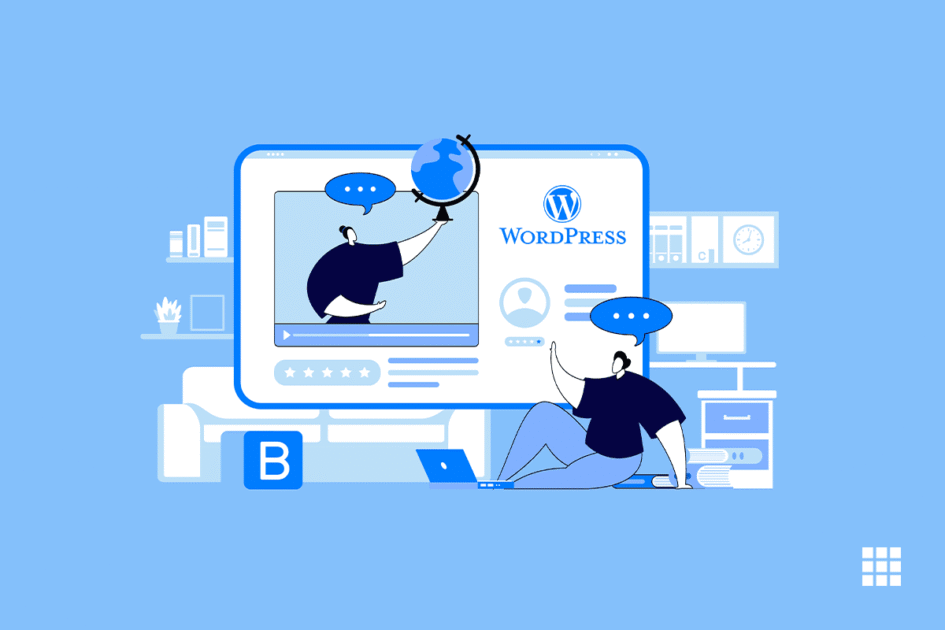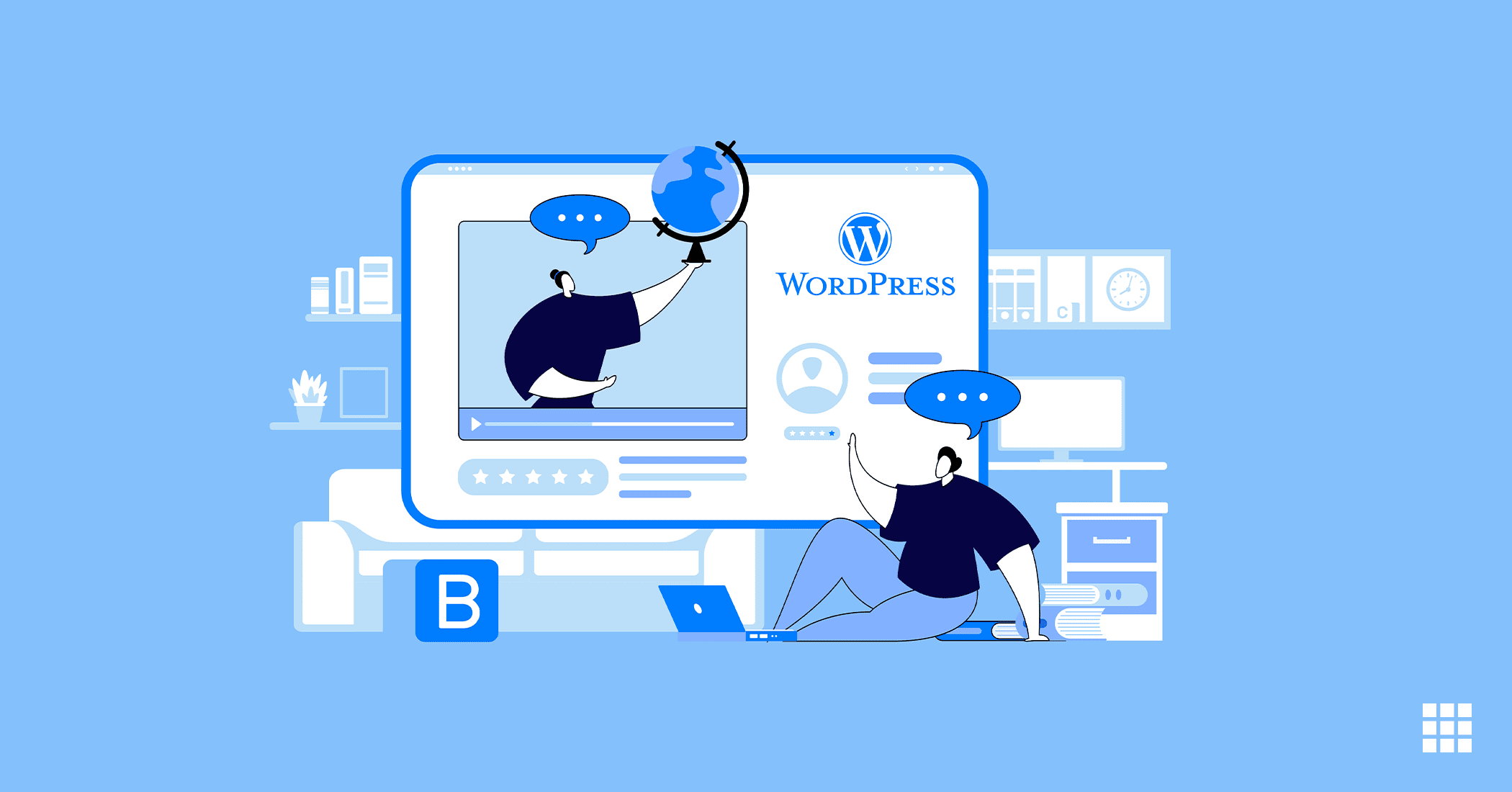1. Identify your strengths as a freelancer
If you are a new freelancer, your first step should be to create a list of your expert skills. Even if you are an experienced one, quickly listing down all the skills that you can offer to your customers can be helpful. Now, see what makes you unique and differentiates you from other professionals in that field. For example, a U.S based freelance website designer who is fluent in Portuguese can brand their services for Brazilian companies aiming to expand into North America. Or, if someone is a great photographer with a strong background in set design, they can create amazing backdrops for their client’s photo shoots. Keep your unique skills mix in mind while developing your brand.2. Define your ideal customers
Your services plus messaging, logo, marketing, and pricing, all need to be in line with what your ideal customers may be looking for. Therefore, your ideal customers and skills are equally important to your brand. Every freelancer has a different set of ideal customers, even if they belong to the same niche. We’ll quote two examples here,-
Freelancers belonging to different niches
-
Freelancers belonging to the same niche
3. Analyze and decide the problems that you can solve for your customers
Once you are clear about your strengths and ideal customers, you need to decide what you want to offer them based on the problem(s) they are looking to solve. For example, wedding photography clients usually want great photos, which any photographer with basic skills can provide. But the things they also look for are gathering families for photos, helping everyone look their best in the shots, organizing photos, and delivering the best quality images the couple can cherish for years.4. Calculate your rates
Unless you want to compete on the price instead of value, rates shouldn’t be a part of your branding. Moreover, it isn’t even recommended because – firstly, clients with money tend to avoid discount-branded services as they are more concerned about the quality, and secondly, your competitors can undercut you just by a few bucks and woo your customers. Therefore, focusing on the value that you offer is a preferred long-term strategy.5. Build your brand identity and messaging
Now, you need to focus on the branding elements that your customers will observe – your brand messaging and brand identity.-
Brand identity
- The colors should stand out, however, they shouldn’t distract from your brand messaging
- Your fonts should make it easy for people to scan your brand message and name quickly, without having to spend time understanding hard-to-read fonts.
-
Brand messaging



Write A Comment